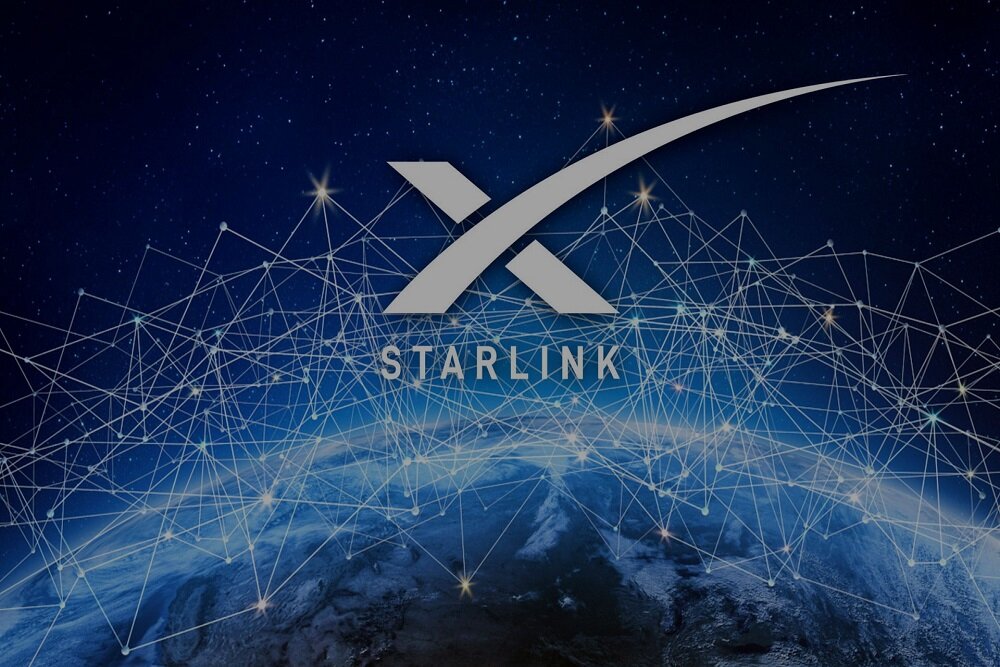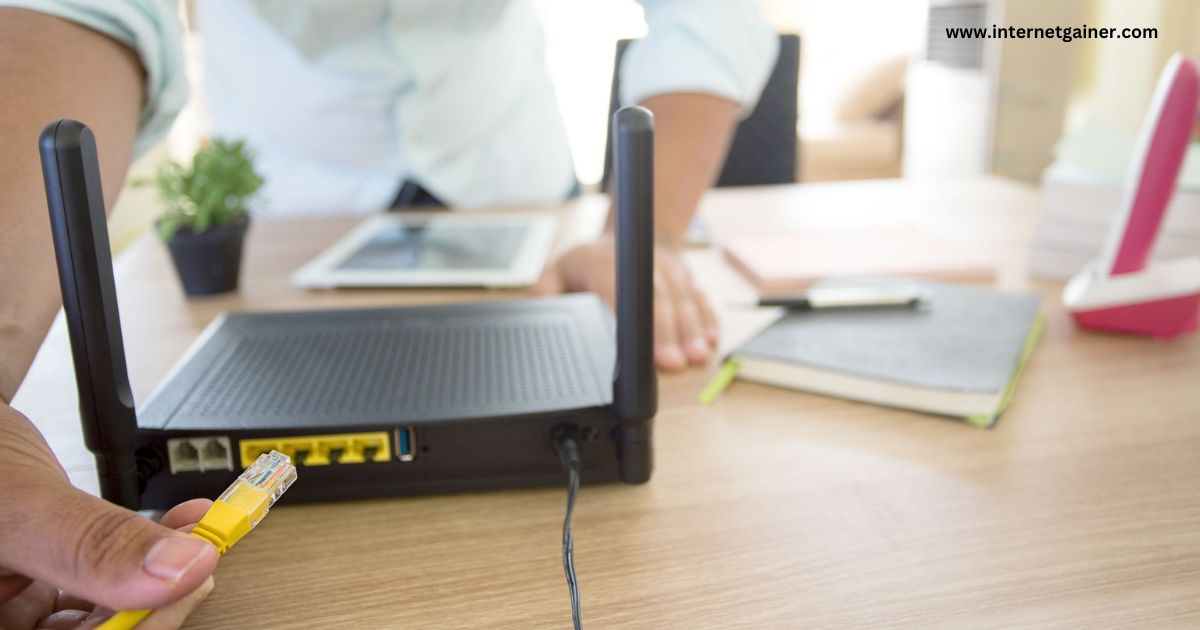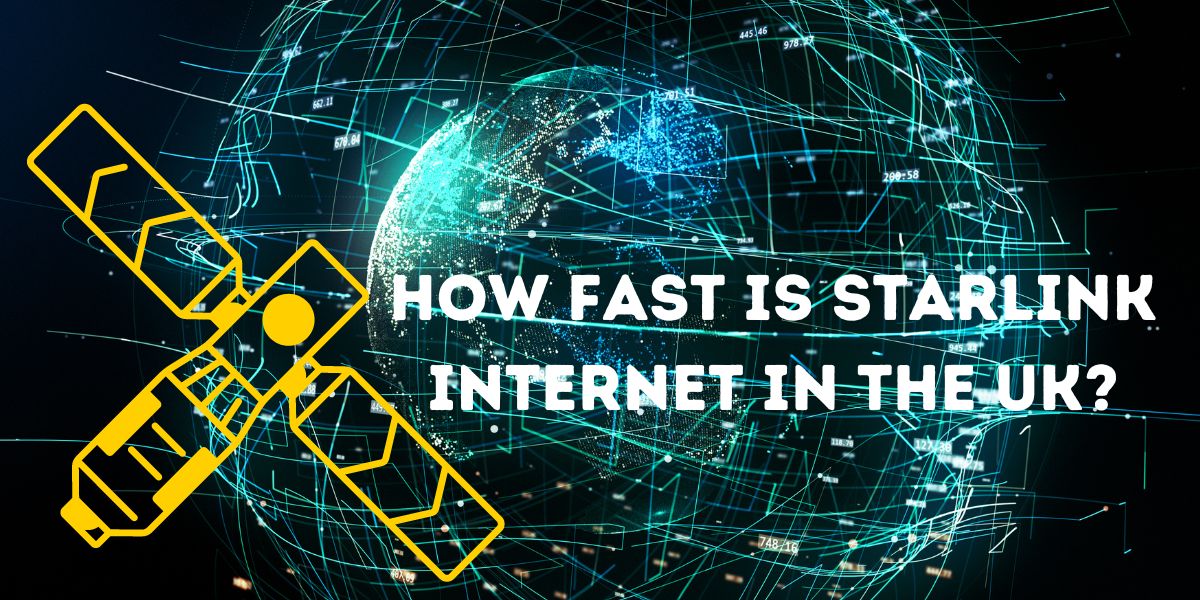In today’s digital age, uninterrupted internet connectivity is crucial. Whether it’s remote work, streaming, or staying connected with family and friends, a stable internet connection has become a necessity. For many, Starlink, the satellite internet service from SpaceX, offers a promising solution, particularly in areas where traditional internet options may not be reliable or even available.
But how easy is it to set up Starlink as a backup internet option? In this article, we’ll take a closer look at what it entails to set up Starlink, including what equipment is needed, the setup process, and what users can expect.
Understanding Starlink and Its Backup Potential
Starlink is a high-speed, low-latency internet service provided by SpaceX. Unlike traditional internet providers, which rely on ground-based infrastructure, Starlink uses a constellation of satellites orbiting close to the Earth, providing connectivity to even the most remote locations.
Given its setup, Starlink can be a valuable backup internet source, especially for rural users, those in disaster-prone areas, or people who need an alternative when their primary connection fails.
Equipment Needed to Set Up Starlink
To get started with Starlink, you’ll need the basic equipment provided in their kit. Here’s what it typically includes:
- Starlink Dish (Dishy McFlatface) – This is the satellite dish that connects to the Starlink satellites.
- Router – A Starlink-provided Wi-Fi router that distributes the internet signal within your home.
- Mounting Equipment – Depending on where you want to install the dish, you may need additional mounting accessories, but the basic kit does come with a simple stand.
The equipment is designed to be user-friendly, with the dish and router largely plug-and-play. Starlink also includes a mobile app that guides users through the setup process, making it accessible even for those with minimal technical knowledge.
Setting Up Starlink: A Step-by-Step Guide

Setting Up Starlink: A Step-by-Step Guide
Setting up Starlink is straightforward and can usually be completed within an hour. Here’s a breakdown of the main steps:
1. Unbox and Inspect Your Equipment
Unbox your Starlink kit and ensure you have all the necessary components. You should see the dish, the router, a power cable, and a mounting stand. Familiarize yourself with each piece before proceeding.
2. Choose a Suitable Location for the Dish
Starlink’s dish needs a clear view of the sky to connect to satellites effectively. Obstacles like trees, buildings, or even mountains can interfere with the connection. Ideally, place the dish in an open area with as few obstructions as possible. The Starlink app includes a “Sky Check” feature to help you find the optimal location.
3. Mount the Dish
You can temporarily set the dish on the included tripod stand or, if you prefer a permanent installation, you may want to mount it on your roof. Starlink also offers additional mounting options on their website if you need more flexibility.
4. Connect the Cables
Plug the power cable into the router and connect the router to the dish. Once the dish has power, it will automatically align itself to the optimal angle for satellite connection.
5. Download and Use the Starlink App
The Starlink app, available on iOS and Android, is key to the setup process. It will help guide you through the setup, from finding the best placement for your dish to testing connection speeds.
6. Activate the Service and Test the Connection
Follow the in-app instructions to activate your Starlink service. Once activated, test the connection to ensure it’s working smoothly. The app also allows you to monitor your internet speed, signal quality, and uptime.
With these steps complete, you should have a working Starlink connection. While Starlink aims to be user-friendly, you may want to consult with a professional installer if you’re uncomfortable with roof installations or need to navigate complex mounting scenarios.
How Reliable is Starlink as a Backup Option?
Once Starlink is up and running, it can serve as a robust backup for most internet needs. However, there are a few points to consider:
- Speed and Latency – Starlink generally offers download speeds between 50-200 Mbps, with latency around 20-40 ms, which is comparable to many DSL and cable services. For regular browsing, streaming, and video calls, it’s an effective alternative.
- Weather and Environmental Impact – Satellite internet can be affected by extreme weather conditions like heavy rain, snow, or strong winds. Although Starlink’s system is designed to handle most conditions, signal strength might fluctuate during severe weather, making it less reliable than wired internet in these situations.
- Data Caps and Priority – Starlink does not currently have strict data caps, but during periods of high demand, service speeds may be prioritized for users in areas with fewer alternatives. If using it as a backup, it’s likely sufficient, but those needing 100% uptime for critical business tasks should consider this.
Advantages of Using Starlink as a Backup Internet
- Wide Availability – Unlike traditional ISPs, Starlink is available in remote and underserved areas, making it accessible for those with limited internet options.
- Portable Solution – Starlink offers a portable version, Starlink for RVs, which can be used at different locations. This flexibility makes it useful for frequent travelers or people with multiple properties.
- Easy Integration with Existing Networks – Starlink’s router can work independently, or it can be integrated into an existing network. Users can switch between their primary ISP and Starlink as needed with minimal hassle.
Potential Downsides to Consider
While Starlink is generally easy to set up, there are a few downsides to consider:
- Initial Cost – Starlink’s hardware costs are higher than traditional internet setups. The equipment kit and monthly service fee can be significant, especially for those using it solely as a backup.
- Space Requirements – The dish requires a clear view of the sky and space for installation, which may not be feasible for everyone.
- Variable Speeds – Starlink’s performance can vary by region and network congestion, so backup users might notice occasional speed inconsistencies.
Conclusion
Setting up Starlink as a backup internet solution is a relatively simple process that most users can handle independently, thanks to Starlink’s plug-and-play design and the step-by-step app instructions. For those in rural or remote areas, Starlink’s ease of setup and reliable speeds make it a compelling option.
However, potential users should weigh the upfront costs, occasional weather-related interruptions, and space requirements before investing. If these factors align with your needs, Starlink can be a valuable and relatively straightforward backup internet solution that provides peace of mind and flexibility for staying connected.For more starlink Internet information check the internetgainer.



